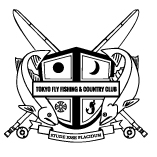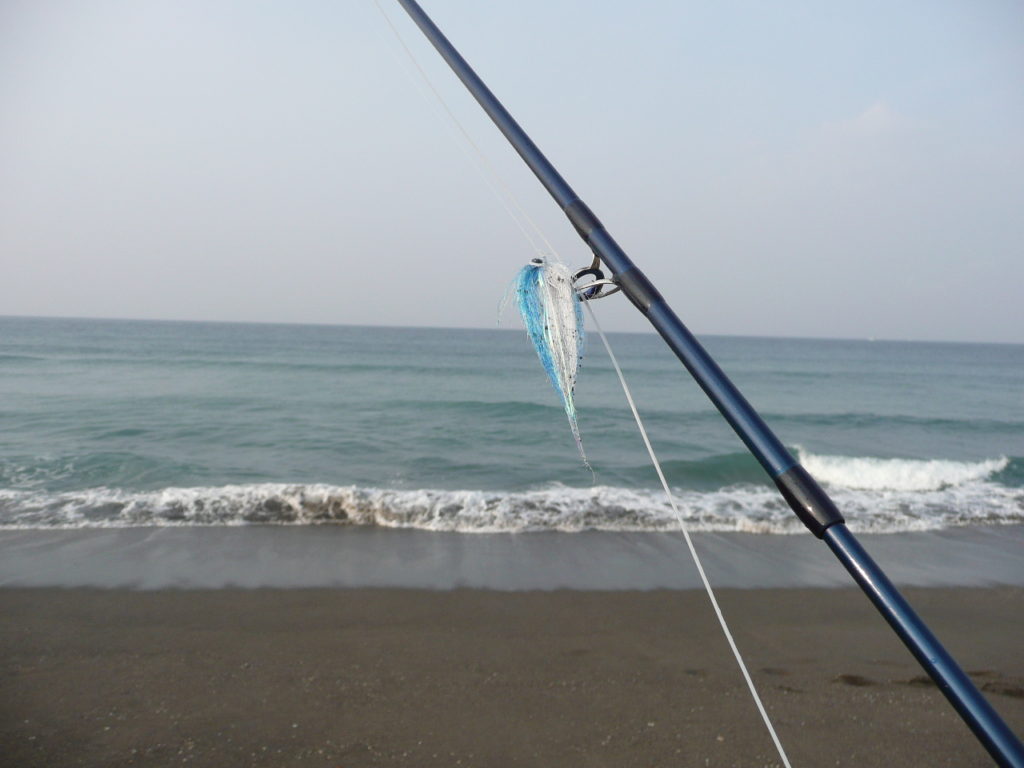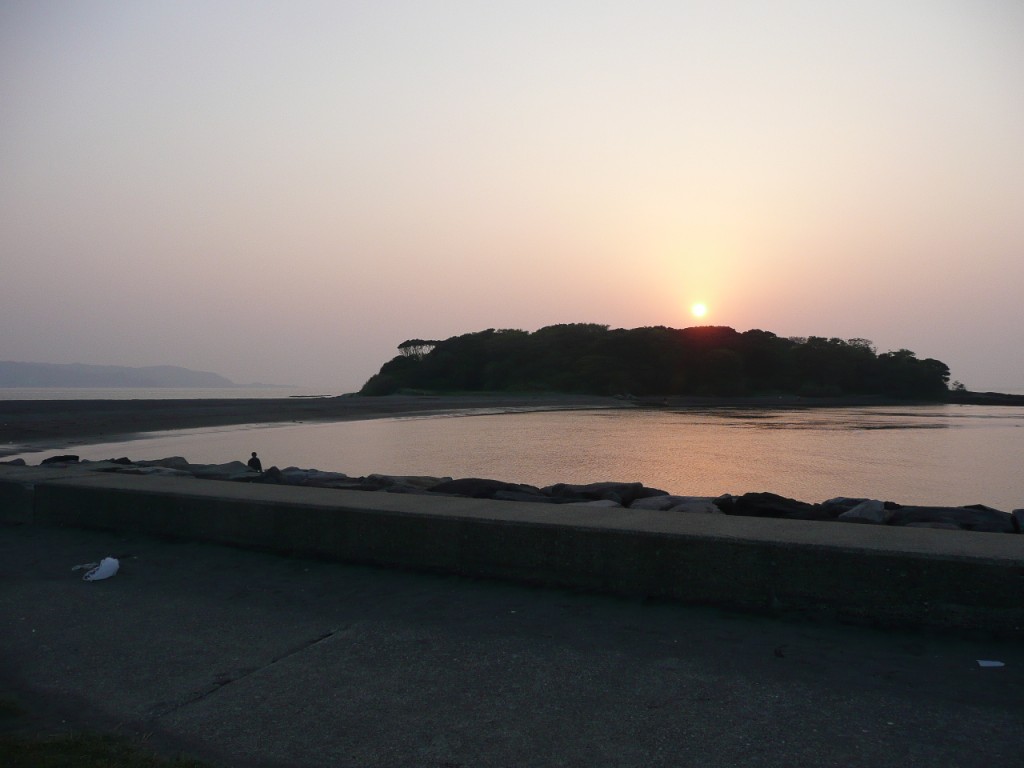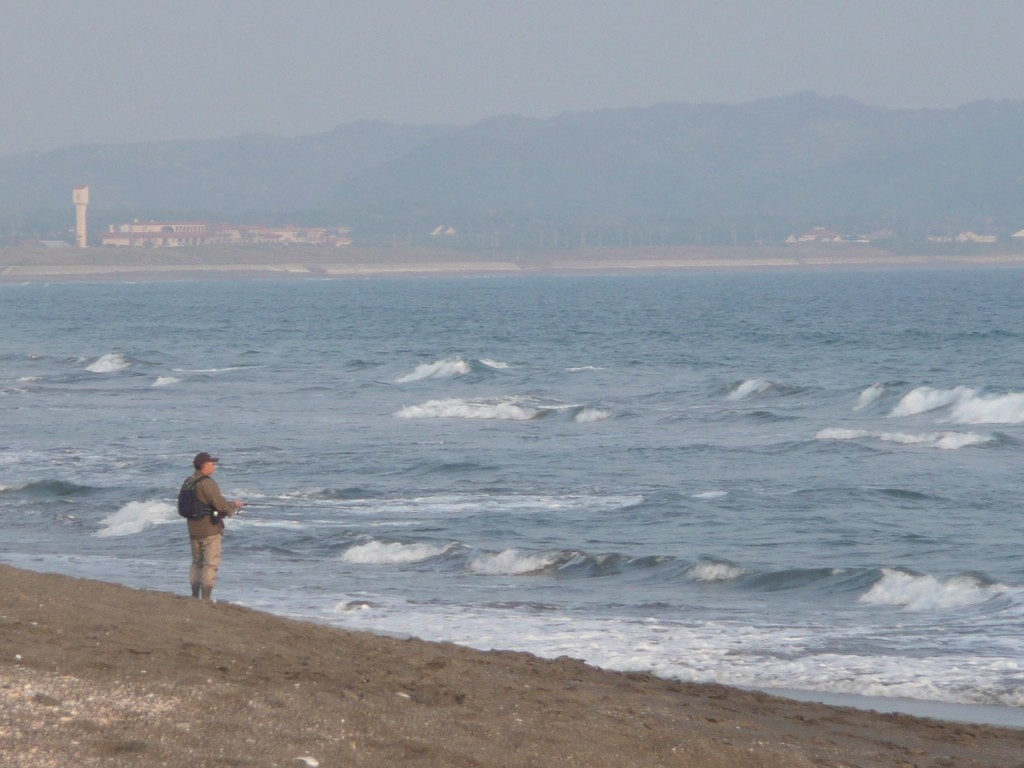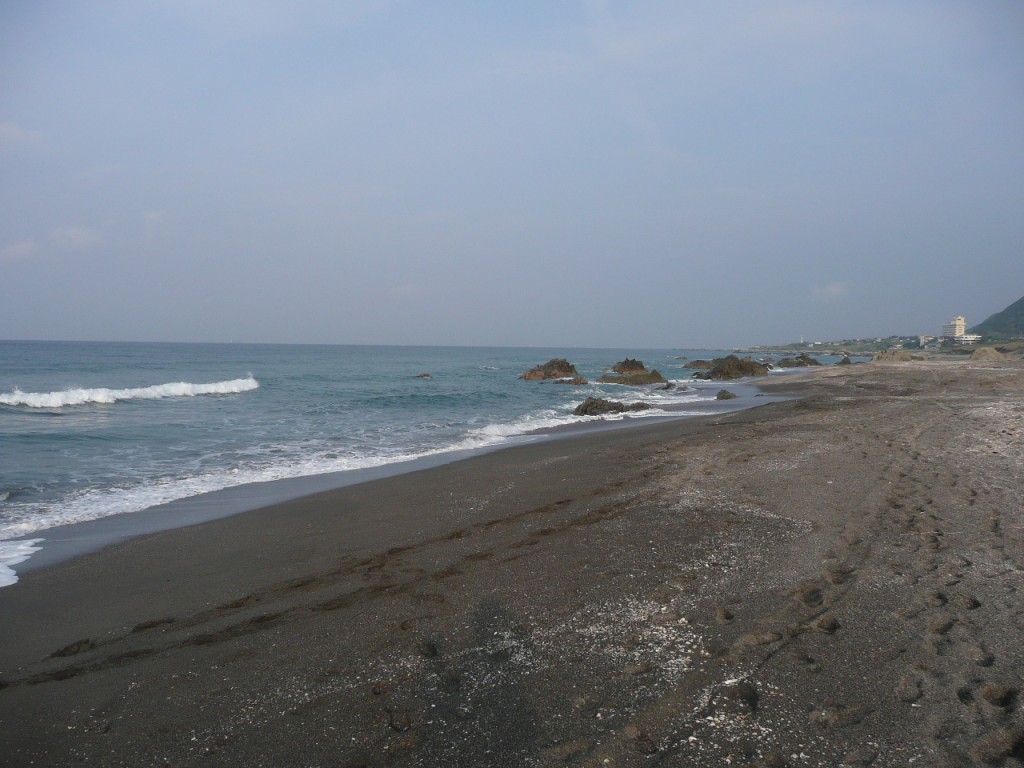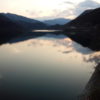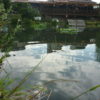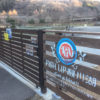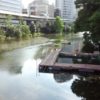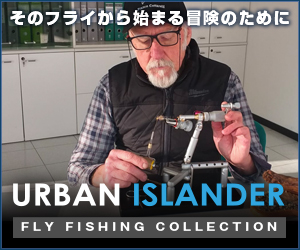Nansou – Southern Chiba, Chiba
If you are grown tired of big city life, then why don't you drive or get yourself on the train and get out of the city, cross the Aqua-Line which connects Tokyo and southern Chiba, and head out for blue ocean out there?
Nasou, or sothern Chiba is located at the southern tip of Boso Penninsula next to Tokyo. Kuroshio Current or Black Current which carries tropical warm water northward passes by this region gives variety of aquatic species and mild climate. No surprise that this region is known as northern most place where coral can sustain. Coral? Yes, coral.
Landscape & Species
From the city of Tateyama to Shirahama, you find beach, rocky shore, docks, and piers with variety of species. Yellowtail, amberjack, mackerel, bonito, frigate mackerel, flounder, seaperch, rockfish and jack. You can also find variety of small trevallies in summers only. Fish eaters usually appear when there are school of anchovis or herrings abundant, but seaperch and flounder tend to stay in their territories.
Tateyama Bay & Tateyama Port
Very calm Tateyama Bay opens its mouth towards larger Sagami Bay which brings plankton-rich water. Anchovy and round herring are regular visitors who attract fish-eaters such as seaperch and frigate mackerel. Many swimmers visit this location during summer time, but you can always rent a row boat.
Docks within Tateyama Port are also popular location where you can add rockfish and bonito to your list. There is a small pier owned by JSDF (Japan Self Defense Force) known as "Jieitai Teibou" which becomes densely pulated with fishermen in high season. Make sure to leave enough space around you so that you are only catching fish, not a trouble.
Okinoshima Island
This small island is connected with sandbar. If you dive under the water, you will find groups of coral. The place is always full of visitors, so I highly recommend you to wade here to avoid trouble and enjoy the view.
Corals are in the deeper water, so you can't clearly see them, but they are growing every year (perhaps due to global warming). The fact you can expect to have good size coral reef in decades and maybe my sons are fishing here in the future for giant tevalliy whose pars do visit this area in the summer.
Heisaura Beach
Untouched sandy coastline extends about 5 km wide. Chosen for Japan's 100 best beaches, place is a pure beauty and you should visit this place no matter what you catch or what catches your eyes. Pine tress, loads of flowers, and surf fish. With fly tackle, the best chance is to try for flounders in the season when water is still cold. School of yellowfin do make occasional visit when chasing anchovis or herrings.
Off Shore
School of dolphinfish and bonitos occasionally visit off shore from late July to September, yellowtail from September to early November. You would need to charter boat with personal arrangement (no fly fishing guide boat in this region yet) or rent boat which requires class 2 boating liscense to operate. Some boats on the other side of the channel, Kanagawa, offers variety of boat heading closed to this region, so it is wise to check them first. (I will update the destination info and list of guide boat available)
City of Tateyama Visitor's Informationhttp://www2.city.tateyama.chiba.jp/Guide/?stoid=3585
If you are grown tired of big city life, then why don't you drive or get yourself on the train and get out of the city, cross the Aqua-Line which connects Tokyo and southern Chiba, and head out for blue ocean out there?
Nasou, or sothern Chiba is located at the southern tip of Boso Penninsula next to Tokyo. Kuroshio Current or Black Current which carries tropical warm water northward passes by this region gives variety of aquatic species and mild climate. No surprise that this region is known as northern most place where coral can sustain. Coral? Yes, coral.
Landscape & Species
From the city of Tateyama to Shirahama, you find beach, rocky shore, docks, and piers with variety of species. Yellowtail, amberjack, mackerel, bonito, frigate mackerel, flounder, seaperch, rockfish and jack. You can also find variety of small trevallies in summers only. Fish eaters usually appear when there are school of anchovis or herrings abundant, but seaperch and flounder tend to stay in their territories.
Tateyama Bay & Tateyama Port
Very calm Tateyama Bay opens its mouth towards larger Sagami Bay which brings plankton-rich water. Anchovy and round herring are regular visitors who attract fish-eaters such as seaperch and frigate mackerel. Many swimmers visit this location during summer time, but you can always rent a row boat.
Docks within Tateyama Port are also popular location where you can add rockfish and bonito to your list. There is a small pier owned by JSDF (Japan Self Defense Force) known as "Jieitai Teibou" which becomes densely pulated with fishermen in high season. Make sure to leave enough space around you so that you are only catching fish, not a trouble.
Okinoshima Island
This small island is connected with sandbar. If you dive under the water, you will find groups of coral. The place is always full of visitors, so I highly recommend you to wade here to avoid trouble and enjoy the view.
Corals are in the deeper water, so you can't clearly see them, but they are growing every year (perhaps due to global warming). The fact you can expect to have good size coral reef in decades and maybe my sons are fishing here in the future for giant tevalliy whose pars do visit this area in the summer.
Heisaura Beach
Untouched sandy coastline extends about 5 km wide. Chosen for Japan's 100 best beaches, place is a pure beauty and you should visit this place no matter what you catch or what catches your eyes. Pine tress, loads of flowers, and surf fish. With fly tackle, the best chance is to try for flounders in the season when water is still cold. School of yellowfin do make occasional visit when chasing anchovis or herrings.
Off Shore
School of dolphinfish and bonitos occasionally visit off shore from late July to September, yellowtail from September to early November. You would need to charter boat with personal arrangement (no fly fishing guide boat in this region yet) or rent boat which requires class 2 boating liscense to operate. Some boats on the other side of the channel, Kanagawa, offers variety of boat heading closed to this region, so it is wise to check them first. (I will update the destination info and list of guide boat available)
City of Tateyama Visitor's Informationhttp://www2.city.tateyama.chiba.jp/Guide/?stoid=3585
この記事のディスカッションに参加する | Join the Discussion
東京フライフィッシング&カントリークラブのFacebook グループ「Friends Lobby」ではメンバー以外の方とのディスカッションも行っています。気になる情報や質問などはこちらまで!
